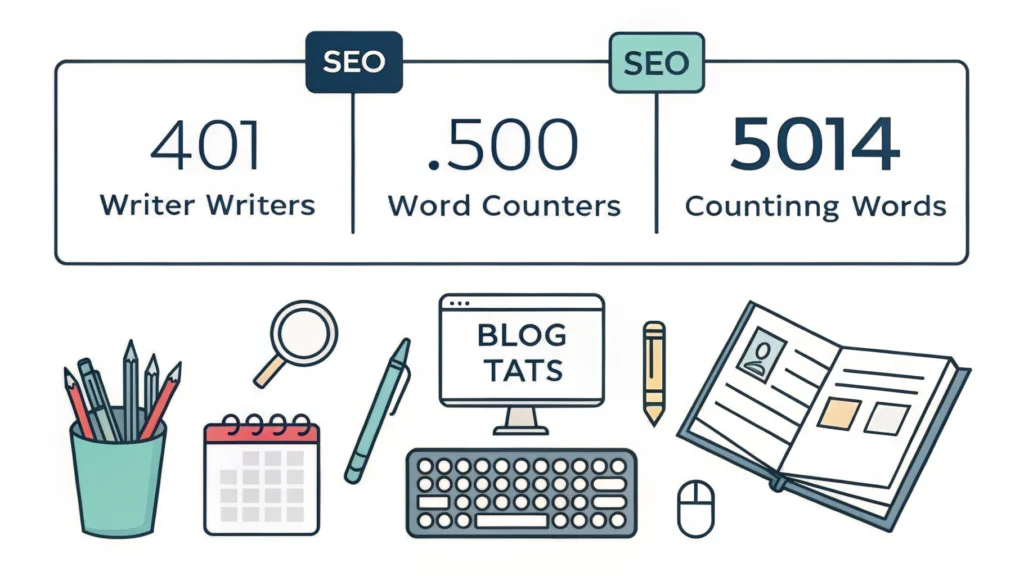Introduction
Web app development has become a crucial skill in today’s tech-driven world. From simple single-page applications to complex enterprise solutions, the demand for web developers continues to rise. This guide will walk you through the essentials of web app development, covering everything from planning to deployment.
Understanding the Basics
Before diving into web app development, it’s essential to understand the different components involved:
- Frontend: The user interface that users interact with, typically built using HTML, CSS, and JavaScript.
- Backend: The server-side logic that manages data and serves requests, often developed with languages like Node.js, Python, or Ruby.
- Database: Where data is stored, which can be SQL-based like MySQL or NoSQL like MongoDB.
Step-by-Step Guide to Web App Development
Step 1: Planning Your Web App
The first step in web app development is planning. Define the purpose of your app, identify your target audience, and outline the core features. Creating a wireframe can be beneficial in visualizing your app’s layout and user flow.
Step 2: Setting Up the Development Environment
Choose your tech stack based on your app’s requirements. Common choices include:
- Frontend: React, Angular, or Vue.js
- Backend: Express.js (Node.js), Django (Python), or Rails (Ruby)
- Database: PostgreSQL, MongoDB, or Firebase
Step 3: Developing the Frontend
Start by creating the user interface. Here’s a simple example using HTML and CSS:
<!DOCTYPE html>
<html lang="en">
<head>
<meta charset="UTF-8">
<meta name="viewport" content="width=device-width, initial-scale=1.0">
<title>My Web App</title>
<link rel="stylesheet" href="styles.css">
</head>
<body>
<header>
<h1>Welcome to My Web App</h1>
</header>
<main>
<p>This is a simple web app example.</p>
</main>
</body>
</html>Step 4: Developing the Backend
Next, create the backend logic to handle requests and interact with the database. Here’s a basic Node.js example:
const express = require('express');
const app = express();
app.get('/api/data', (req, res) => {
res.json({ message: 'Hello from the backend!' });
});
app.listen(3000, () => {
console.log('Server is running on port 3000');
});Step 5: Connecting Frontend and Backend
Use AJAX or Fetch API to connect your frontend to the backend. For example:
fetch('/api/data')
.then(response => response.json())
.then(data => console.log(data));Step 6: Testing Your Web App
Testing is crucial to ensure your web app functions as expected. Use tools like:
- Jest: For unit testing JavaScript
- Postman: To test API endpoints
- Selenium: For automated browser testing
Step 7: Deployment
Once everything is working, deploy your web app using platforms like:
- Heroku: Great for Node.js apps
- AWS: For scalable solutions
- Netlify: Ideal for static sites
Best Practices in Web App Development
- Optimize your code. Use tools like CSS Minifier and JS Minifier to reduce file sizes.
- Ensure mobile responsiveness with a Responsive Simulator.
- Utilize a Meta Tag Generator for SEO optimization.
Frequently Asked Questions
What programming languages are best for web app development?
Common languages include JavaScript for the frontend, and Node.js, Python, or Ruby for the backend.
How long does it take to develop a web app?
The timeline can vary from a few weeks for simple applications to several months for complex ones, depending on the features and team size.
Can I build a web app without coding?
Yes, there are no-code platforms available that allow you to create web apps without extensive coding knowledge.
Conclusion
Web app development is an exciting and ever-evolving field. By following the steps outlined in this guide, you can start your journey towards becoming a proficient web developer. Remember to keep practicing, stay updated with the latest technologies, and leverage tools like WebToolsLab for your development needs.
